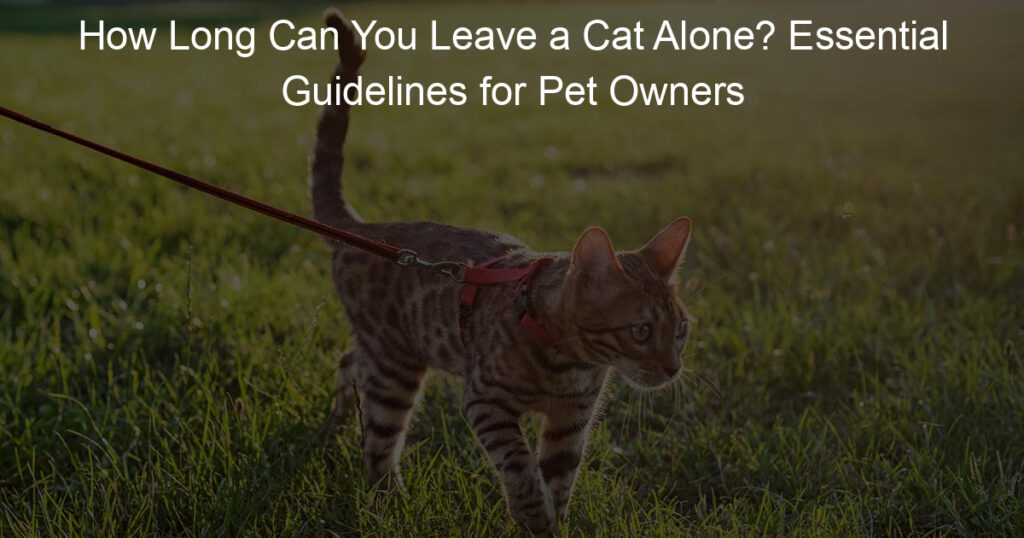As a cat owner, one of the most common questions I often hear the question is, “How long can you leave a cat alone?”
Cats are known for their independence, but it’s essential to find a balance between giving them time to themselves and ensuring their well-being.
Understanding a cat’s independence is the first step to determining how long your feline friend can be left alone. Cats’ solitary nature enables them to manage on their own for some time, but they still need human interaction and companionship, even if it’s less frequent than other pets.
The effects of leaving a cat alone too long can vary, so it’s essential to keep your cat’s personality, age, and health in mind when making decisions about how much time they can spend at home alone.
Factors such as preparing your home for your cat’s alone time, providing enrichment and engagement while you’re away, and considering hiring a cat sitter or boarding service could significantly impact your cat’s experience when left alone.
That said, it’s crucial to find the right balance and understand the key takeaways for your furry friend’s safety and happiness.
Key Takeaways
- Cats are independent but still require human interaction and companionship
- Consider your cat’s age, personality, and health when determining how long to leave them alone
- Ensuring a safe and engaging environment is essential for your cat’s well-being while alone
How Long Can You Leave a Cat Alone
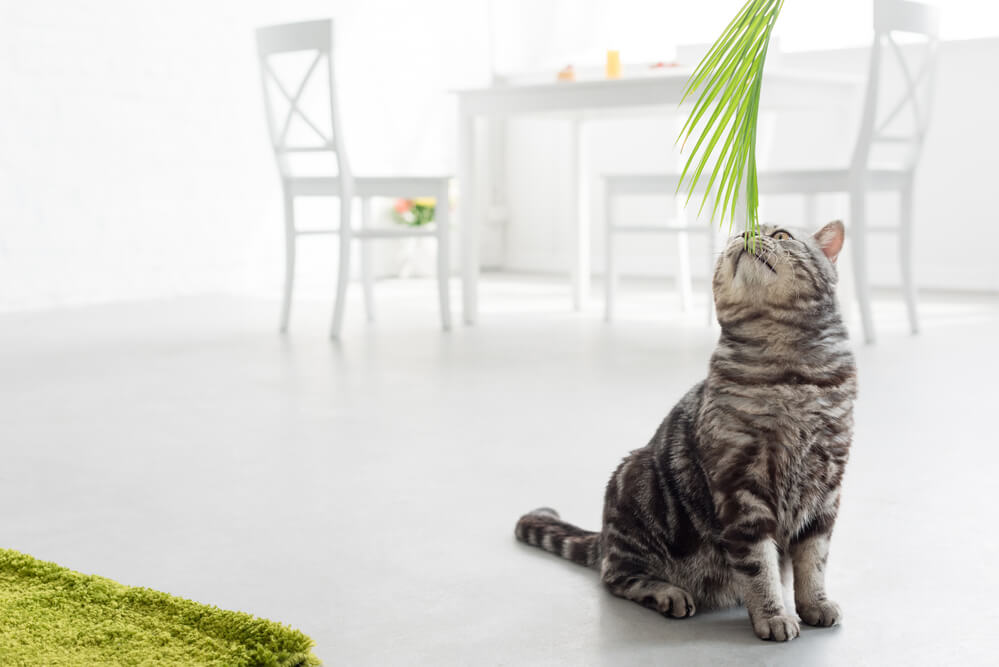
As a cat owner, I’ve often noticed how independent my feline friend can be. Cats are known for their self-sufficient nature, which makes them well-suited to being left alone for periods of time.
However, it’s important to understand that every cat is different and will have its own unique personality with varying levels of independence.
One key factor in a cat’s independence is its ability to entertain itself. Cats are naturally curious and enjoy exploring their environment. They can spend hours stalking imaginary prey or batting around a favorite toy.
This self-entertainment can make it easier for me to leave my cat alone, knowing it will not be bored or lonely in my absence.
Another aspect of a cat’s independence relates to its grooming habits. Cats are notoriously meticulous groomers, spending a significant portion of their day cleaning themselves.
This means that I don’t need to worry as much about my pet’s hygiene if I’m not around every day, as my cat is more than capable of taking care of itself.
Yet, even the most independent cat still requires some level of interaction and care. I make sure to provide my cat with appropriate toys, scratching posts, and spaces to explore when I need to leave it alone.
This helps ensure that my feline friend remains both physically and mentally stimulated during longer periods of solitude.
While cats are notably independent creatures, it’s crucial to consider their individual personalities and needs when determining how long they can be left alone.
Providing a stimulating environment and understanding my cat’s unique traits can ensure they’re happy and healthy, even when I’m not always at home.
Effects of Leaving a Cat Alone
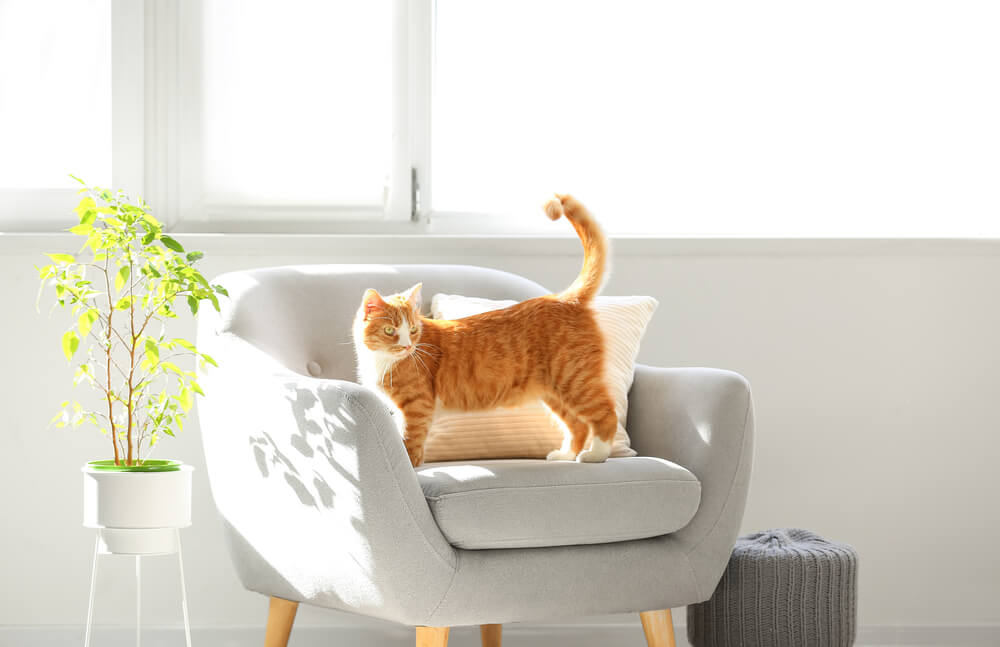
Boredom and Anxiety
When I leave my cat alone for extended periods, it can experience boredom and anxiety. Cats are social animals and although they enjoy their alone time, they also rely on interaction for mental stimulation.
Prolonged isolation can lead to boredom, which may manifest in destructive behaviors, such as scratching furniture or excessive grooming.
Anxiety is another side effect of a cat being left alone for too long. In some cases, it can develop into separation anxiety. This condition can cause my cat to become overly stressed and may result in behavioral issues, including excessive vocalization, urination or defecation in inappropriate places, and aggression.
To help alleviate boredom and anxiety, I ensure there are engaging toys and activities available to keep my cat entertained while I’m gone.
Hazards and Safety Concerns
Safety is an important consideration when leaving a cat home alone. In my effort to create a safe environment, I carefully assess potential hazards, keep dangerous items out of reach, and cat-proof my home.
To minimize risks, I:
- Keep poisonous plants and substances out of reach.
- Secure all cords and wires.
- Close toilet lids and ensure the cat cannot access standing water.
- Keep small or chewable items off the floor.
While I take measures to create a safe space for my cat, accidents can still occur. This is why it’s crucial to have a trusted person or pet sitter available to check on my cat periodically.
This will not only help address any safety concerns but also provide necessary interaction and socialization for my cat.
Factors Influencing Alone Time
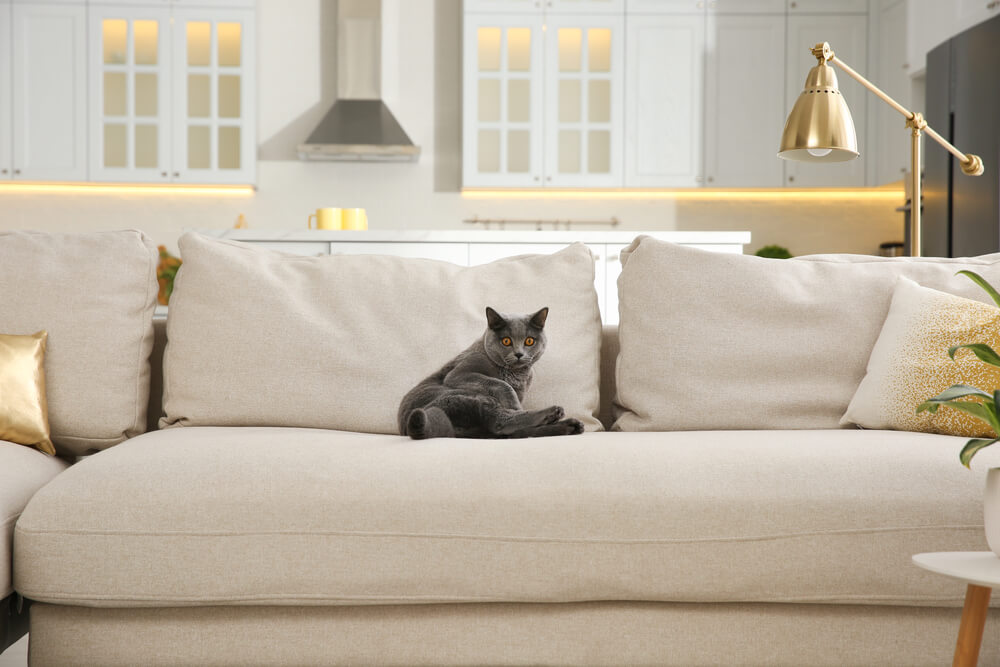
Age Factors
As a cat owner, I know that age plays a significant role in determining how long a cat can be left alone. Kittens typically require more frequent care and attention as they are still developing and learning.
For kittens less than six months old, I would advise not leaving them alone for more than two to three hours. This is because they need to be fed more often and may need help adjusting to their new environment.
As cats grow older, they can tolerate longer periods of solitude. Adult cats between one to ten years of age can generally be left alone for more extended periods, up to 8 to 12 hours.
Nevertheless, it is essential to provide them with proper care, adequate food supply, and clean litter boxes. Keep in mind that some cats are more social and will need more interaction, so it’s essential to understand your cat’s unique personality and needs.
Elderly cats (those over ten years old) might have special requirements and need extra care or support as they age. I believe that it’s best not to leave them alone for longer than 6 hours.
Health complications, weakened immune systems, and slower metabolism may necessitate more frequent monitoring and care from their owners.
Health and Emotional Conditions
Cats’ health status also influences their alone time. A healthy cat with no medical conditions can be left alone for reasonable periods, but those with existing health issues may require more care and attention.
For example, a cat with diabetes, kidney problems, or mobility issues might need more frequent check-ins or medications. It’s essential for me to always assess the individual needs of my cat and prioritize their well-being over convenience.
Emotional well-being is another important consideration when leaving your cat alone. Separation anxiety can happen, and some cats become overly stressed when left alone for extended periods.
Monitoring your cat’s behavior and seeking professional guidance if needed can help maintain their emotional health.
The alone time for each cat varies depending on age, health, and emotional conditions. As a cat owner, I must ensure that my cat’s needs are met and be aware of their comfort levels when deciding how long to leave them alone.
Preparing Your Home for the Cat’s Alone Time
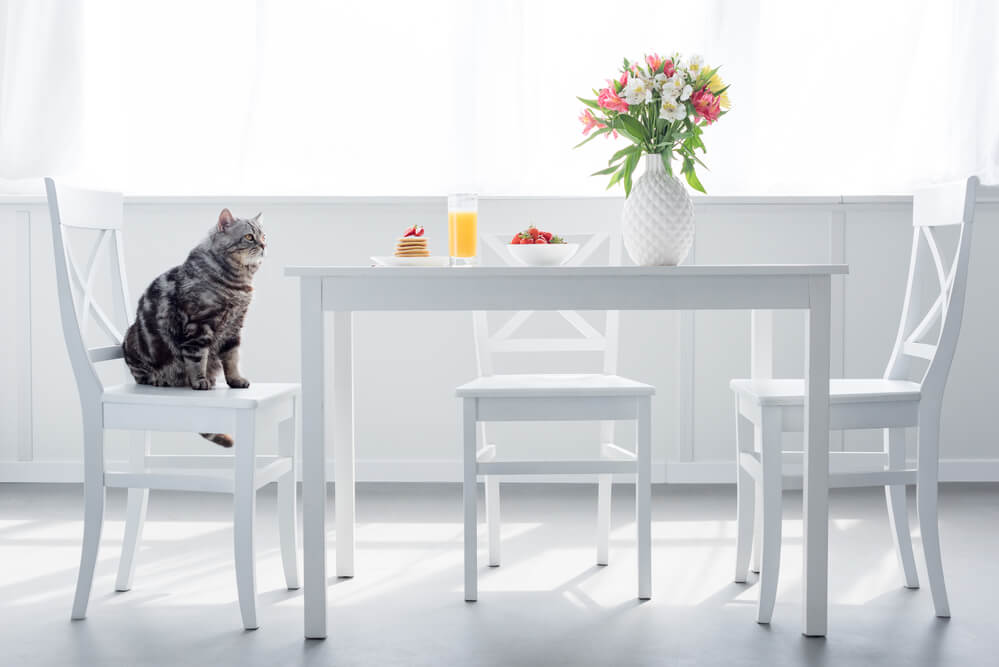
Setting up Environment
When I leave my cat home alone, it’s important to create a comfortable and safe environment for them. I make sure there are no hazards or dangerous objects in the house that my cat could get into. I also provide various hiding spots for them to feel secure, like cardboard boxes or cozy nooks.
Additionally, it is important to maintain a suitable temperature inside the house. In case the weather is too hot or too cold, I ensure the thermostat is programmed accordingly.
Food and Water Management
I make sure my cat has access to enough food and water while I’m away. For dry food, I typically use an automatic feeder that dispenses a set amount of food at specific times during the day.
This way, my cat will have access to fresh food at regular intervals, and it prevents them from overheating.
For water, I place multiple bowls or a pet water fountain around the house.
It’s important to place them apart from the food area, as cats may not drink enough water if their food and water sources are too close together.
| Food | Method | Location |
|---|---|---|
| Dry | Automatic Feeder | Different areas |
| Water | Bowls/Water fountain | Away from food sources |
Litter Box Preparations
Before leaving my cat home alone, I make sure they have a clean and accessible litter box. I prefer using one with a lid and a door flap to control odor and maintain cleanliness.
I also place it in a quiet, private area, away from their food and water.
Moreover, I provide at least one extra litter box per cat. So, for instance, if I have two cats, I would provide three litter boxes in total.
- Clean and accessible
- Lid and door flap to control odor
- Private, quiet location
- Provide one extra litter box per cat
Enrichment and Engagement during Alone Time
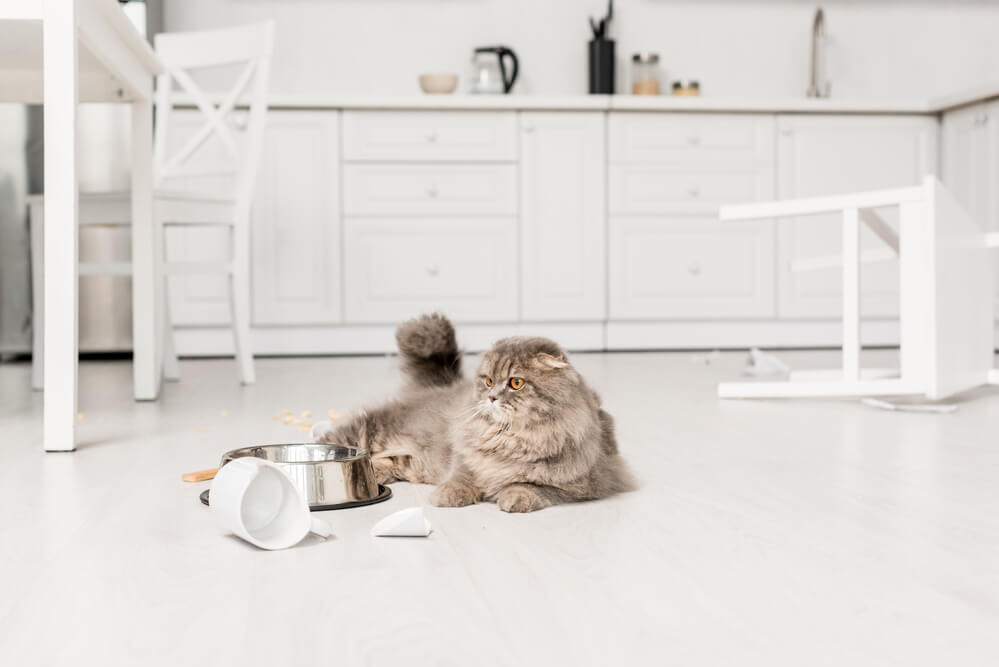
Interactive Toys and Puzzles
When I leave my cat alone for extended periods, I make sure to provide them with a variety of interactive toys and puzzles. These games keep their minds stimulated and encourage mental and physical exercise.
Some of my cat’s favorite toys include:
- Puzzle feeders: These challenging toys dispense treats or kibble as the cat manipulates them. They not only provide mental stimulation but also help control their eating pace.
- Wand toys: Although wand toys typically require human interaction, some automated versions are available that can keep cats engaged and entertained.
- Battery-operated toys: Toys like chasing mice or spinning feather wands can keep cats active while they’re alone. These toys usually come with timers to ensure they don’t run continuously.
Music and TV for Cats
In addition to toys and puzzles, I like to create a comforting environment for my cat by leaving on music or TV designed specifically for cats.
I’ve found that soft, calming music can lower my cat’s stress levels and make them feel more relaxed when home alone. There are many playlists available online with music specifically curated for feline listeners.
As for TV, some channels create content explicitly designed to engage cats, featuring birds, fish, and other moving images that pique their curiosity. Placing the TV at a safe distance and low volume can provide visual stimulation for my cat while I’m away. However, it’s essential to remember that some cats might not be interested in TV, and that’s okay.
In conclusion, providing a mix of toys, puzzles, and audiovisual entertainment is an excellent way to keep my cat engaged, stimulated, and happy when I’m not able to be there with them. It’s crucial to cater to their preferences and keep their well-being in mind when choosing enrichment activities.
Hiring a Cat Sitter or Boarding Services
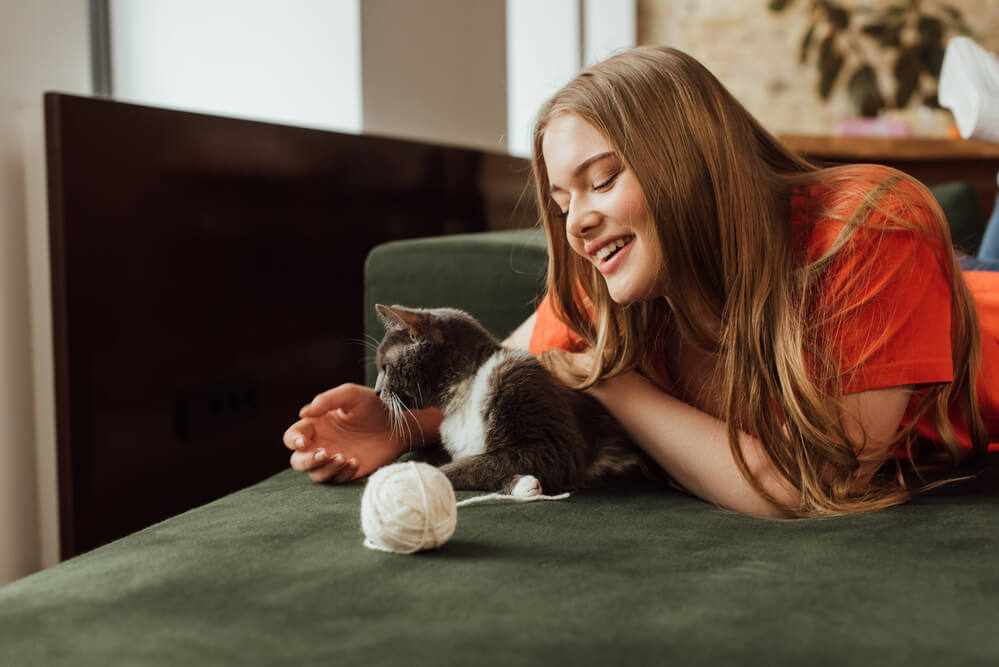
When I need to leave my cat alone for an extended period, one option I consider is hiring a cat sitter or using a boarding service. I find that a cat sitter can provide my cat with personalized care and attention in the familiar environment of my home.
When searching for a cat sitter, I make sure to look for a licensed, bonded, and insured professional with positive references and experience in cat care.
I usually prefer to schedule a meet-and-greet with potential sitters to see how they interact with my cat and discuss any special requirements.
If a cat sitter isn’t the right choice for my situation, I might decide on a boarding facility instead. Boarding facilities offer a safe, supervised environment where my cat can receive care while I’m away.
When selecting a facility, I always tour the location to ensure it’s clean, well-maintained, and staffed by knowledgeable professionals. I pay attention to the size and comfort of the accommodations, as well as any enrichment activities or socialization opportunities provided.
To help me make an informed decision between a cat sitter and a boarding facility, I take into consideration my cat’s personality, needs, and preferences. If my cat is timid or easily stressed, a cat sitter may be the best choice as it allows them to remain in their own territory.
Nonetheless, if my cat enjoys exploring new environments and socializing with other animals, a boarding facility may be a more suitable option.
Post Alone Time Care
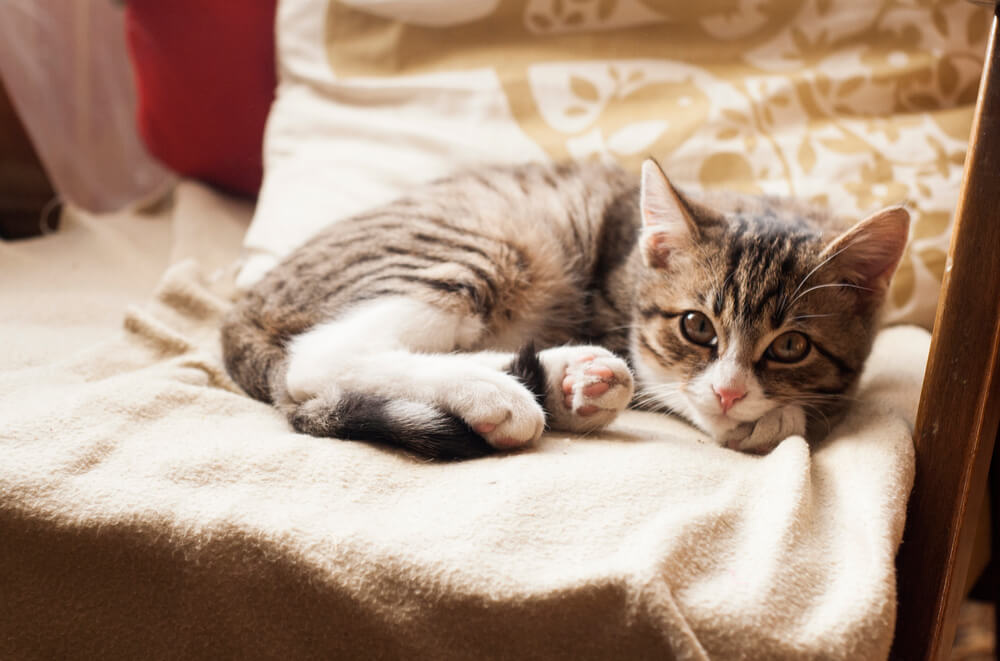
Observing Changes in Behavior
After my cat has been home alone for an extended period, it is essential for me to pay close attention to their behavior and habits. Cats can be very good at hiding pain or stress, so it is critical to take note of any changes in their usual routines.
This could include them eating or drinking less than normal, changes in their sleep patterns, or displaying unusual behavior, such as aggression or hiding.
It is also important to observe my cat’s litter box habits. If they are suddenly not using the litter box or if there are any changes in the appearance of their urine or feces, this could be a sign of an underlying health issue.
In such cases, consulting a veterinarian is crucial.
Health Check-up from Veterinarian
In addition to monitoring my cat’s behavior, I should also schedule a check-up with a veterinarian, especially if my cat has been alone for an extended period.
The vet can perform a physical examination and potentially run some diagnostic tests to ensure that my cat is in good health and not suffering from any hidden illnesses.
If the vet does find that my cat is stressed or sick, they can provide recommendations on how to help them recuperate, such as adjusting their diet or administering medications.
It is crucial to follow these recommendations for my cat’s well-being and to avoid exacerbating any health problems.
Taking appropriate post-alone time care can ensure my cat recovers well from their time alone and remains healthy, happy, and stress-free.
Frequently Asked Questions
What is the maximum duration a cat can be left unattended?
I believe that the maximum duration a cat can be left unattended depends on the individual cat, their age, and health conditions. Generally, adult cats can be left alone for 24-48 hours, while kittens should not be left alone for more than a few hours.
Is it safe to leave a cat alone for a week?
Leaving a cat alone for a week is not recommended. If you must be away, it is better to arrange for a friend, family member, or professional pet sitter to visit your cat daily or board your cat at a reputable facility.
This will ensure someone is able to provide food, freshwater, and attention.
How to ensure a cat’s well-being when left alone for a few days?
When leaving a cat alone for a few days, make sure they have access to ample food, water, and their litter box. Maintain a comfortable temperature in the home, and leave toys and environmental enrichment, such as scratching posts, for them. Additionally, consider leaving a radio or TV on to provide ambient noise.
Do cats require special arrangements when left for an extended period?
Yes, cats do require special arrangements when left for an extended period. It is important to have someone check on your cat regularly, preferably daily, to provide fresh food and water, clean the litter box, and monitor their health and wellbeing. For longer absences, boarding your cat may be the best option.
Can two cats be left alone together for a week?
Two cats can keep each other company, but they still require someone to check on them daily, provide fresh food and water, and clean the litter box. Being left for a week may increase stress levels in your cats, so it’s vital that they have proper care, even if they have each other for company.
What precautions should be taken when leaving a cat alone for multiple days?
When leaving a cat alone for multiple days, follow these precautions:
- Make sure there’s enough food and water to last the duration of your absence.
- Clean the litter box before you go and have someone check on it daily.
- Leave environmental enrichment, such as toys and scratching posts.
- Maintain a comfortable temperature and environment.
- Consider utilizing a timer for lights or leaving a radio or TV on for ambient noise.
- Arrange for a responsible person to check on your cat daily, or consider boarding your cat at a reputable facility.

